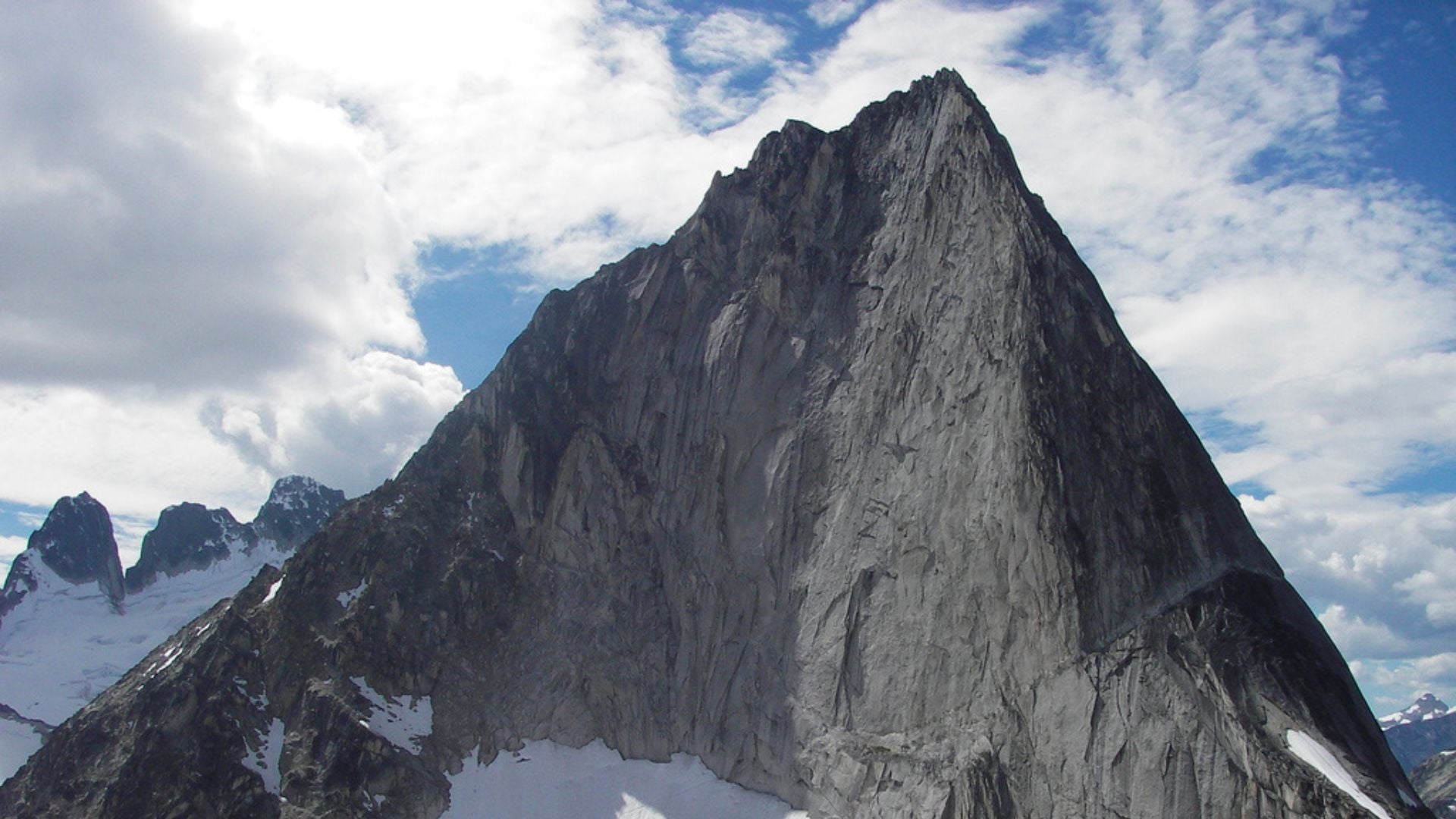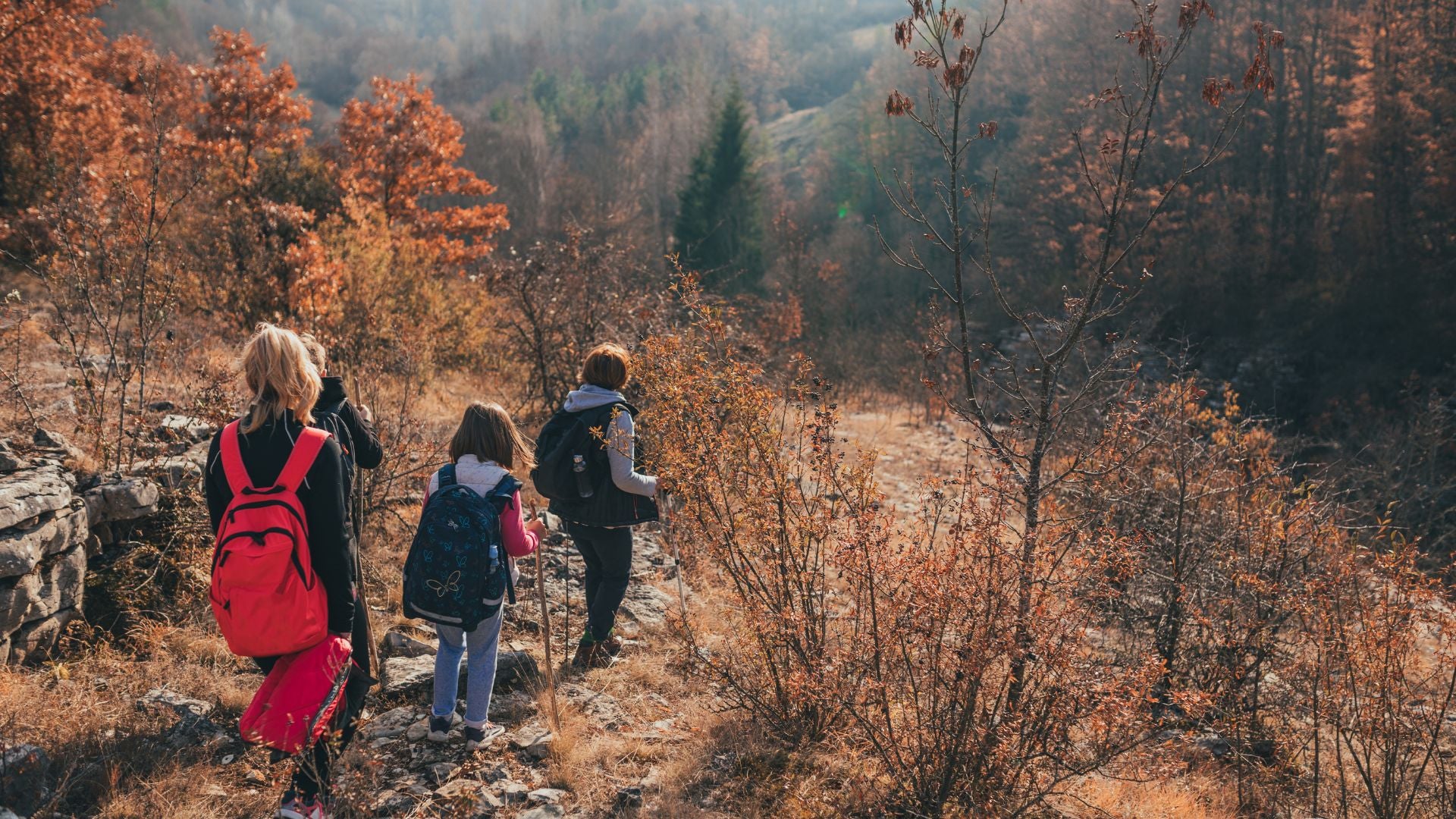It is too easy to be prepared – a few words on paddling preparedness. Whether you’re stand up paddle boarding in the Dominican or canoeing in Canada, practicing good paddling safety is easy to do and prepares you for whatever comes your way.

What paddling safety equipment do you regularly pack?
Accidents Happen
On a recent trip, I was reminded of the importance of paddling safety. I should have known better as I passed a group of less than thrilled women wading without their kayak. I was paddling to the Atlantic on a janky stand up paddle board (SUP) that I rented from the Dominican Resort we were staying at. As I approached the breakers, I watched a few Scuba instructors pull a sunken Ocean Kayak Fenzy from the bottom onto an old wooden skiff. Apparently the drain plug was missing in action… scary.
A few waves in, I had forgotten about the sunken kayak and was having a blast. On the next set, I saw a decent-size wave coming and started paddling hard. Before I knew it, I had out run the wave and gotten too far ahead of the breaker. The board started to nose dive, and I was swiftly bailing out. I jumped off, thinking I was clear of the sandbar, but I quickly hit the bottom in waist-deep water and got a pretty nasty cut on the bottom of my left foot.
As I paddled in, I pondered the fastest option for access to a medical kit. There was an overwhelmingly large line at the rental stand, and after seeing the quality of the boats, I could only imagine the medical kits. I opted for walking all the way back to my room for a Mountain Series kit that I had packed in my checked bag. I had to walk a quarter mile back to the room barefoot, as I had left my sandals with my wife back at our chairs in the opposite direction. By the time I got back, my feet were black and the wound was covered in sand. Not good.
Are You Prepared for “What If”?
While my foot did not fall off (and I miraculously made a full recovery before happy hour started), it could have turned out much worse. And I could have been more prepared. What if it was worse? What if the bleeding was not easily controlled? What if I was not at a resort but on a remote lake, solo, deep in the Maine wilderness? Would it have been the same outcome?

Even minor injuries, left untreated, can become major issues in the backcountry.
My point is accidents happen, and they can happen to anyone venturing into the outdoors. While experience helps, the outcome can be the same whether you’re a seasoned pro or a newbie who just rented a canoe for a short paddle. Think of all the times growing up or in present day when things could have gone bad but didn’t. Could you have easily been prepared if they had gone wrong? Let me help with some scenarios where a little paddling safety gear would go a long way.
Scenario 1: Family Canoe Trip
It is Memorial Day weekend and you decided to take your kids out for a paddle near the public campsite you rented. You rent a canoe from a teenager who barely got off his phone long enough to hand you the old life jackets and warped plastic paddles. It has been misting off and on all day, so you leave your bags in the car.

Ask yourself: How far do I have to go to reach my medical kit?
You paddle up the quiet, tranquil creek until you reach a large tree with a rope swing. Your overzealous teenager’s canoe reaches the bank before you get there. By the time you paddle up, he is halfway up the steep approach to the swing. Before you even realize what is happening, he is screaming and running back down the sandy slope to the water. As he gets closer, you see the swarm of angry bees converging on his head and shoulders. You think to yourself “at least he’s not allergic.” As the swarm dissipates, you can start to see noticeable swelling. Do you have some diphenhydramine (Benadryl) to help with swelling? Do you have some acetaminophen (Tylenol) for pain? What if he got a large cut on his foot on the run back to the water? While this was likely not life-threatening, having a small medical kit would have made the paddle back much more comfortable for your teen.
Scenario 2: Post-Work Paddling
One more example for good measure. It’s a beautiful summer day in Banff, and you unexpectedly get off work early. You rush home, grab your SUP, and head down to the canoe club for a late afternoon paddle on the Bow River. You paddle a few miles up the gentle current, when you spot an osprey in a tree near the bank. You do your best to quietly paddle over and pull out your iPhone to snap a picture.

Even stand up paddle boarding has its dangers.
As you use your second hand to zoom in, you lose your balance on the board and plunge toward the chilly water. In an effort to save your phone, you hold it above your head as you hit the shallow water.
Good news: you save the phone. Bad news: you hit your head pretty hard on a submerged rock. As you run your hand through your hair, you realize it’s bleeding a lot. By the time you get your board on shore, you can feel the blood running down your neck. You take your now-soaked shirt off and tie it around your head. By the time your back to the dock, the blood is soaking through your shirt.
Thankfully, the dock is near the center of town, and you have quick access to a medical kit/professional attention. What if you had been farther up the river? What if you had been in a more remote area? A half-ounce QuickClot gauze pad would have gone a long way.
Paddling Safety Made Easy
Accidents are bound to happen, but this should never stop you from exploring, adventuring, or just enjoying the lake with your kids. In this day and age, it is extremely easy to be prepared. While my preference would always be to have a full Mountain Series Kit in my dry bag, it’s not always practical. However, there are some other fantastic options out there that allow you to keep your paddling safety gear fast and light.
For the past 5 years, I have had a Watertight Pocket Medic kit stowed in the front pocket of my PFD. While I seldom took it out, I knew it was there, and it gave me the peace of mind when paddling out.
Recently, I upgraded this to the Ultralight/Watertight .3 Medical Kit. This kit weighs just over two ounces and can be a huge help when things go south. I couple this with a half-ounce QuickClot gauze pad, which is key for controlling bleeding.

I currently carry the Ultralight/Watertight .3 – it’s compact & waterproof.
An even better option, which I think I will switch to, is the Ultralight/Watertight .5. While this kit adds an entire ounce (joking – it’s an ounce, get over it), it includes some key medicine such as diphenhydramine and aspirin. Bonus: the price comes in at just under twenty bucks.
Overall these Ultralight/Watertight kits are perfect for stowing in a life vest, so you’ll forget they are even there until you need them (in which case, you’ll be glad you have it). When considering the weight, price, and stow-ability of these medical kits, there is really no reason to not be prepared by adding one to your paddling safety gear.













